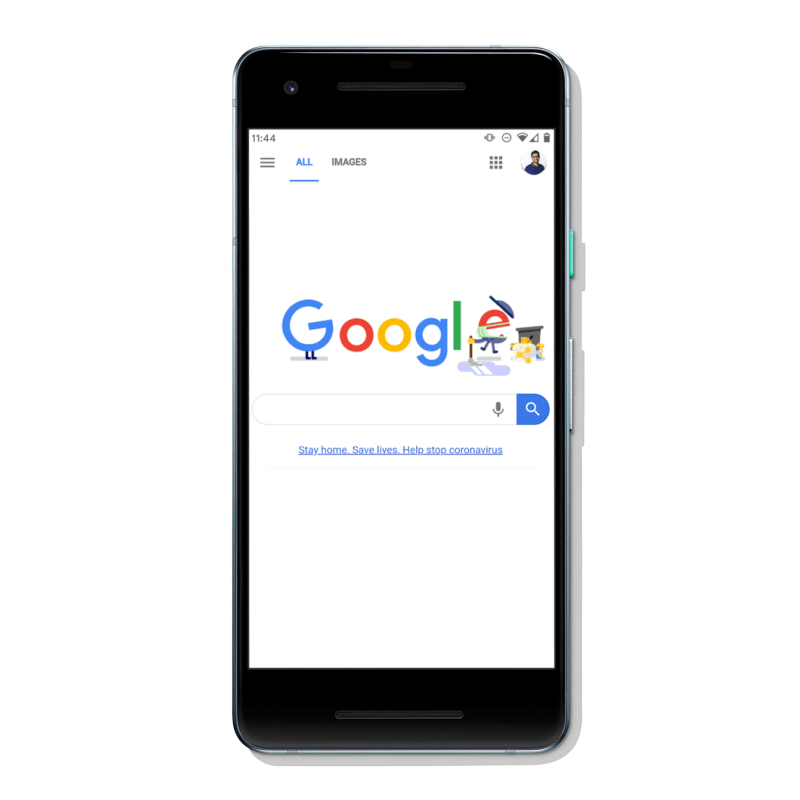Google is unveiling two new features that will make it easy for users to connect with virtual healthcare providers. These new features are designed to help users find healthcare providers on a local, regional, and national level.
One of the features will be on Google My Business / Google Maps, while the other will be added to the organic search results. These features will be rolled out this week and here is what you need to know about them:
Display virtual care that will be found on Google My Business profile
Now, business profiles in Google My Business will be highlighting available virtual care options. The offerings will be visible, especially when the business profile is surfaced in the search results. Once you click on the link provided, it will take you to the virtual care website where you will get more information.
In most cases, one will be able to schedule an appointment directly through the landing page. Healthcare providers such as doctors, hospitals, and mental health professionals will now be able to add these offerings to their profiles on Google My Business.
Another change to the listings in Google My Business is the links to healthcare providers for COVID-19, whereby users will be automatically taken directly to the information page. Recently, Google provided advice on optimizing health websites for search results.

Virtual care platform on the organic results
Google will start showing available virtual care platforms as a pilot feature in the US search results. For example, when users search for “immediate care,” Google will present the available virtual care options as well as related information such as the out-of-pocket price one should expect to pay if he doesn’t have insurance and an easy way to get to the virtual care platform.
Google will just facilitate the connection between healthcare providers and patients, and nothing more. From there, the patient’s visit can take place where the provider prefers.
Many healthcare providers responding to virtual visits
Google stated that a lot of healthcare providers are responding to COVID-19 and are treating patients over the web, which makes these new features even more necessary right now. Google further states that interest in telehealth and virtual care has risen dramatically since the start of the COVID-19 pandemic.
The search engine has been acting fast to keep the search results as useful as possible, and new features have been introduced for many businesses, not just healthcare providers.





